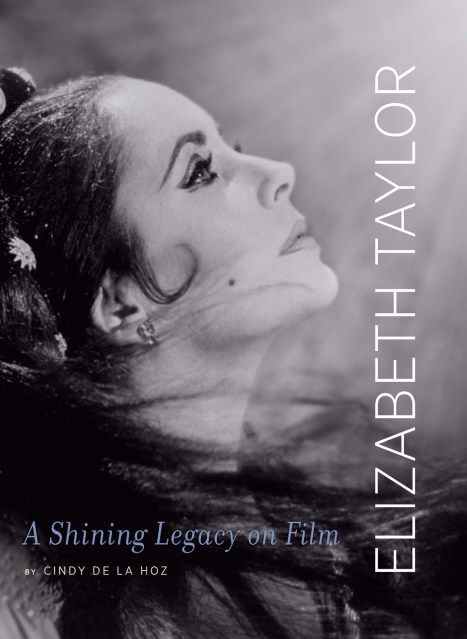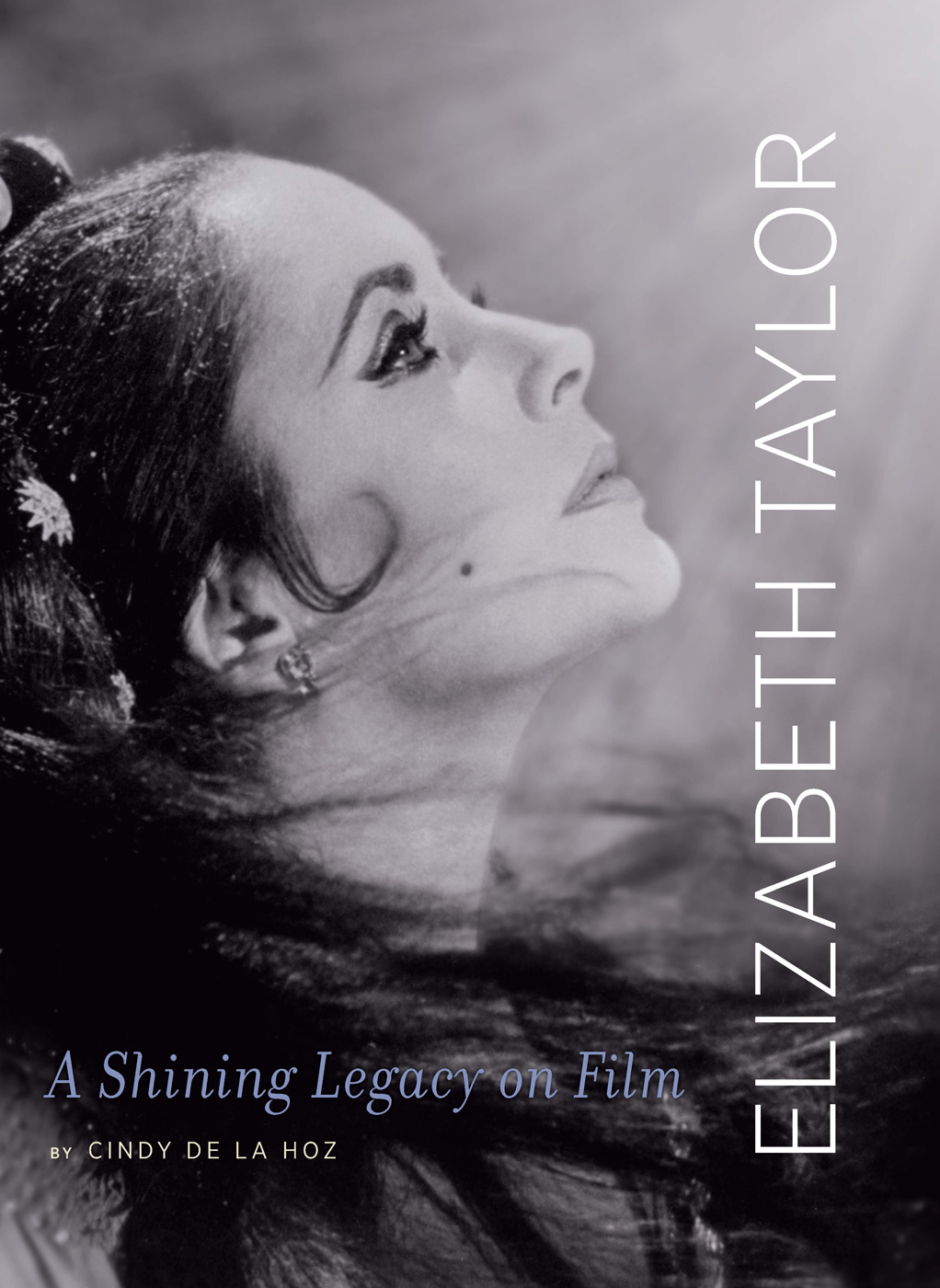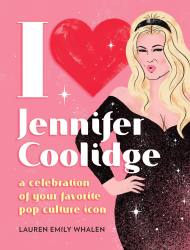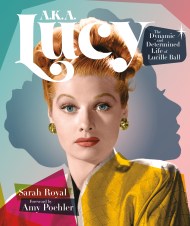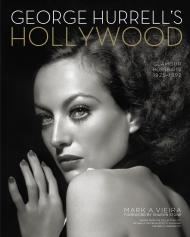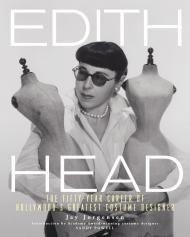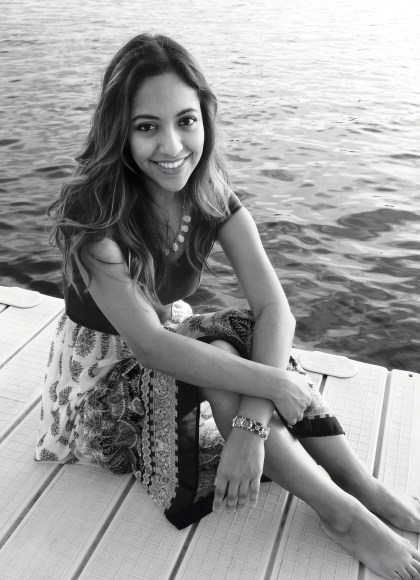Promotion
Use code MOM24 for 20% off site wide + free shipping over $45
Elizabeth Taylor
A Shining Legacy on Film
Contributors
Formats and Prices
Price
$20.99Price
$26.99 CADFormat
Format:
ebook $20.99 $26.99 CADThis item is a preorder. Your payment method will be charged immediately, and the product is expected to ship on or around October 2, 2012. This date is subject to change due to shipping delays beyond our control.
Also available from:
Elizabeth Taylor: Her Place in the Sun is a film retrospective that spans her 70-year career, featuring production histories, “behind-the-scenes” stories, and reviews for each film. Featuring hundreds of rare photos, it’s a dazzling tribute to Elizabeth Taylor, the film star.
Genre:
- On Sale
- Oct 2, 2012
- Page Count
- 304 pages
- Publisher
- Running Press
- ISBN-13
- 9780762445172
Newsletter Signup
By clicking ‘Sign Up,’ I acknowledge that I have read and agree to Hachette Book Group’s Privacy Policy and Terms of Use
